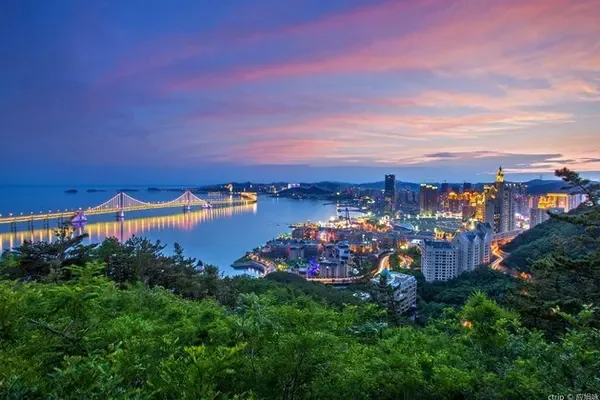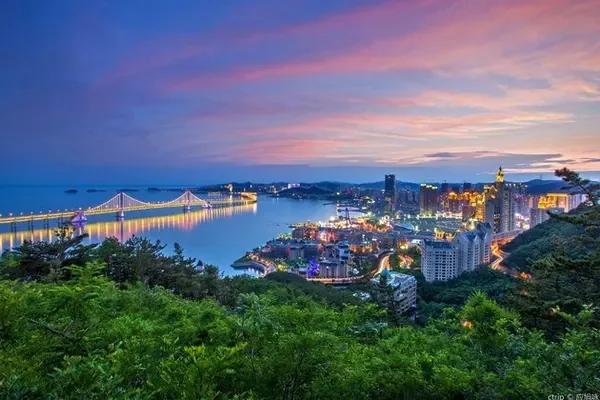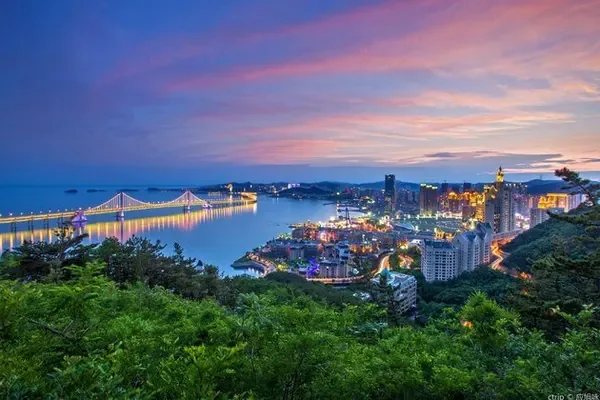
















Xixia Painted Clay Sculpture Buddha Statues——Painted Clay Sculptures Unearthed from the Great Pagoda in the Xixia Museum
Located in Panchang Township, Helan County, the Hongfo Pagoda was built in the late Western Xia Dynasty. It has a unique shape and a simple style. At the beginning of 1990, the Hongfo Pagoda was repaired, and a large number of Xixia cultural relics were unearthed in Chazuo Tiangong, which was rated as one of the top ten new archaeological discoveries in the country in 1990. The cultural relics unearthed from the Hongfo Pagoda include Xixia silk-colored Buddha paintings, painted Buddha statues, arhats, Lishi face and body statues, etc. The painted clay statues not only inherit the traditional techniques of Tang and Song colored sculptures, but also have the characteristics of Xixia. They are all independent and perfect artistic images, which are intoxicating and fascinating to watch.
Buddhism has brought Xixia sculpture art into a new era of art. Xixia’s painted clay sculptures have been influenced by the increasing secularization since the Song Dynasty. The figures of supporters, masters, and arhats have become more and more exquisite, gorgeous, and vivid. They attract monks and tourists with images that are close to the lives of the world and are popular. Life, giving people spiritual satisfaction and the desire to achieve perfection. The value of the art of painted clay Buddha statues lies in this. Not only should the Buddha statues have both form and spirit, but also have a vivid charm, and they must also be transcendent and sacred, conveying the light and power of Buddhism, and compassion and understanding.
Unearthed from the Hongfo Pagoda, a Xixia clay sculpture and painted painted Arhat statue is 62.3 centimeters high and 38.5 centimeters wide. Arhat has a round face, looking forward, smiling slightly, sitting in lotus position, with arms hanging down to the legs, and his hands are incomplete. Wearing a shawl, the cassock is painted with large square geometric patterns in vermilion and black, and dense cirrus clouds and other patterns are carved in the squares. There are scriptures in Xixia script hidden in the belly of the Arhat. The expression of this image is ecstasy, giving people a sense of calmness and leisure. The decorative lines are rough and simple, and the application of its painting techniques has reached a superb and mature level.
Painted Clay Sculpture Heads of Arhats with Different Images
The head of the clay sculpture Arhat unearthed from the Hongfo Pagoda is life-size and shows the differences in age and personality through facial expressions. It is a representative work of Xixia clay sculpture. One is 24.0 cm high and 12.3 cm wide. Arhat has a rounded bald head, black eyebrows raised and flat between the brows, his eyes are level, and there are two wrinkles on his forehead, showing that he is contemplative and mature. The eyes have green tear stains due to the underflow of the glaze, the nose is straight and the mouth is big, and the face is decorated with white powder. The head of the second Arhat is 17.5 cm high and 9.9 cm wide. Arhat has a domed bald head, thick eyebrows and thin eyes, black eyes, and looks down. He is quiet and thoughtful, with a dynamic charm. The bridge of the nose is high and straight, and the corners of the eyes are slightly raised. The head of the third Arhat is 18.3 cm high and 12.5 cm wide. Arhat has a domed bald head, square and round face, thick eyebrows and big eyes, wrinkled brows, facial shape that is still and moving, thoughtful, with a straight nose bridge and closed lips. In addition, it is 19.5 cm high and 11.9 cm wide. It is a domed bald head with a plump and round face, thick eyebrows and big eyes, round eyeballs, and white powder on the face. The statue is highly realistic, and the characters look down with both eyes, showing a condescending charm. The facial features of each arhat are different from each other, some are solemn, some are frank, some are innocent, some are modest, and they have reached a very high artistic level.
Tranquil and dignified painted clay statues of Buddha heads and faces
The Xixia clay sculptures and painted Buddha heads unearthed from Hongfo Pagoda show the super high level of Xixia clay sculptures. The head of the Buddha is 31 centimeters high and 25 centimeters wide. There is a white meat bun in the middle of the snail hair. Fang Yi has long black eyebrows, narrow eyes, white hair between the eyebrows, and black eyes, which are specially made of black glaze. The nose is high and straight, the lips are closed, the mustache is painted with black lines on the lips, the statue has crescent-shaped eyebrows, deep eyes, and a high nose that is in a straight line with the forehead. , Tranquil, solemn and inconceivable, with the simple style of Gandhara statue art. Xixia painted clay statue of Buddha face, 22 cm high and 18.8 cm wide. The face is square and round, the eyebrows are raised, there is a white hair between the eyebrows, the eyes are slender, and the eyes are black and bright. The nose is straight and the mouth is big, the mustache is painted on the lips, and the sun, moon and cloud-like patterns are painted with ink lines on the lower jaw. The Buddha's head has plump cheeks, rounded chin, crescent-like eyebrows, short thick lips, and a round and square face shape. It was shaped according to the typical standards recognized by the people at that time, and it is rich in the legacy of Tang Dynasty statues.
Painted Clay Sculpture Technique
The materials of Xixia statues are the same as those in the Central Plains, which are made of the most common yellow mud, grain grass, and wooden poles. Clay sculptors use wooden poles as the skeleton, wrap grain and grass around the skeleton to make a prototype, and then attach grass mixed mud to the grass shape to complete the outline, and then apply a layer of yellow mud on the surface. Xixia colored sculptures use traditional clay sculptures plus painted makeup, and use clay sculpture techniques such as kneading, molding, pasting, pressing, cutting, and engraving to create a concise shape, and then paint them with painting techniques such as dots, dyeing, brushing, painting, and tracing. Color, retouch the details of the cortex, reflect the texture, it is a vivid work of "plastic painting quality". There are some Xixia colored sculptures preserved in the grottoes in the Hexi area, but they were repaired by pink paintings during the Yuan and Ming dynasties. The batch of painted sculptures unearthed from the Tiangong of Hongfo Pagoda completely preserve the original features of the Xixia period and are extremely precious. The above collections are now collected in the Xixia Museum, and have been rated as national first-class cultural relics.
This batch of Xixia clay sculpture Buddha statues combines traditional culture and sculpture skills, and does not succumb to fixed form inheritance. Qi" and "Zen taste" are classics of Western Xia Buddhist art.
To visit Ningxia, you can choose the local professional tourist transportation Ningxia Tourist Scenic Spot Through Train. The staff all wear yellow vests, and the little yellow people are hospitable. There are two tourist distribution centers in the new city railway station and the crescent moon in the old city. The square is convenient for accommodation nearby, there are many hotels, and the transportation is convenient. It is not far from the civil aviation bus, and it is very convenient whether it is by train or plane. The through train of the scenic spot has opened the line from the urban area to the scenic spots around Yinchuan, such as Shahu, Huangsha Ancient Ferry, Shuidonggou, Zhenbeibao Western Film and Television City, Xixia Royal Tomb, Helan Mountain Rock Painting, Shapotou, etc., which is very convenient.


